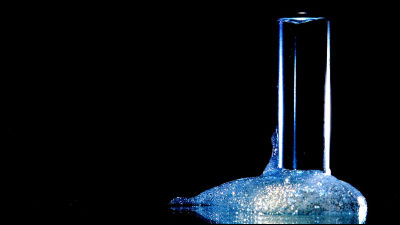Why do worms that live on the ocean floor have metallic fangs?

Some annelids, known as Bloodworms and
A multi-tasking polypeptide from bloodworm jaws: Catalyst, template, and copolymer in film formation: Matter
https://www.cell.com/matter/fulltext/S2590-2385(22)00153-9
We Finally Know How The Nightmarish Bloodworm Grows Fangs Made of Metal
https://www.sciencealert.com/we-finally-know-how-the-nightmarish-bloodworm-grows-its-fearsome-metallic-fangs
Bloodworms have copper jaws that could inspire self-building materials | New Scientist
https://www.newscientist.com/article/2317248-bloodworms-have-copper-jaws-that-could-inspire-self-building-materials/
Glycera is a sea creature that grows up to 35 cm and can sneak a few meters into the mud on the ocean floor. Glycera is carnivorous and has four hollow fangs that bite and prey on prey. The fangs have glands that produce paralytic poison containing high concentrations of copper, and even humans are said to be painful when bitten.

Herbert Waite and colleagues at the University of California, Santa Barbara use advanced molecular and mechanical analysis techniques and modeling to find out what components the fangs of Glycera dibranchiata, a type of Glycera, are made of. I investigated whether it has a function.
As a result, Wait et al. Found that the tusks of Glycera dibranchiata are 10% copper and the rest are made of protein and melanin. In addition, Glycera dibranchiata has been shown to catalyze naturally ingested copper and regulate the complex process of converting amino acids to melanin with proteins.
Melanin is a substance often described as a pigment, but when combined with copper, it may greatly improve the wear resistance of the fangs and extend the life of Glycera dibranchiata by up to 5 years. thing.

Most of the proteins that convert amino acids to melanin had a simple composition of glycine and histidine, so Wait et al. I'm really amazed at how to create it. '
Waite and colleagues hope that the results of this study will help improve the design and manufacture of composite materials such as concrete and rubber-filled tires, demonstrating the potential of materials science.
Related Posts:







